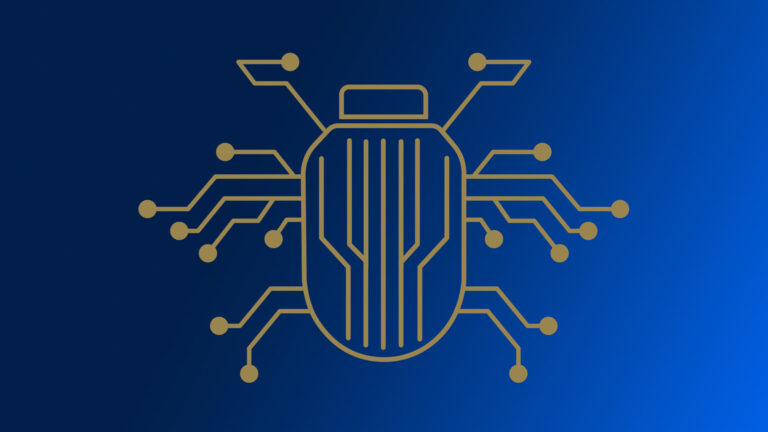Government cybersecurity leaders know all too well that traditional pentesting is complex and doesn’t scale. The need to quickly resource up in order to effectively identify, triage and remediate vulnerabilities has become increasingly critical and, for most, a compliance requirement.
Synack empowers government agencies with on-demand, continuous pentesting, pairing the platform’s vulnerability management and reporting capabilities with a diverse community of vetted and trusted researchers to find the vulnerabilities that matter.
Synack also helps government security teams achieve the most effective vulnerability management possible to satisfy Binding Operational Directive (BOD) 22-01’s identification, evaluation and mitigation/remediation steps. The Synack approach also facilitates detailed vulnerability reporting that the agency can easily hand off to CISA if desired.
Let’s quickly review what BOD 22-01 mandates, and how federal agencies can achieve compliance with help from Synack.
CISA Binding Operational Directive 22-01—Reducing the Significant Risk of Known Exploited Vulnerabilities
Recent data breaches, most notably the 2020 cyber attack by Russian hackers that penetrated multiple U.S. government systems, have prompted the federal government to improve its efforts to protect the computer systems in its agencies and in third-party providers doing business with the government. As part of the process to improve the security of government systems, the Cybersecurity and Infrastructure Security Agency (CISA) issued Binding Operational Directive 22-01.
CISA Directive 22-01 directs federal agencies and contractors to what they are required to do regarding the detection of and remediation for known exploitable vulnerabilities. The scope of this directive includes all software and hardware found on federal information systems managed on agency premises or hosted by third parties on the agency’s behalf. Required actions apply to any federal information system, including an information system used or operated by another entity on behalf of an agency, that collects, processes, stores, transmits, disseminates, or otherwise maintains agency information.
Directive 22-01 Compliance Requirements
In addition to establishing a catalog of known exploited vulnerabilities, Directive 22-01 establishes requirements for agencies to remediate these vulnerabilities. Required actions include:
- Establishment of 1) a process for ongoing remediation of vulnerabilities and 2) internal validation and enforcement procedures
- Setting up of internal tracking and reporting
- Remediation of each vulnerability within specified timelines
- Reporting on vulnerability status to CISA
CISA’s Cybersecurity Incident & Vulnerability Response Playbooks describe a standard program for vulnerability management. The program steps are identification, evaluation, remediation and reporting.
- Identify reports on vulnerabilities that are actively exploited in the wild.
- Evaluate the system to determine if the vulnerability exists in the system, and if it does, how critical it is. If the vulnerability exists, determine if it has been exploited by said system.
- Mitigate and Remediate all exploited vulnerabilities in a timely manner. Mitigation refers to the steps the organization takes to stop a vulnerability from being exploited (e.g. taking systems offline, etc.) and Remediation refers to the steps taken to fix or remove the vulnerability (e.g. patch the system, etc.).
- Report to CISA. Reporting how vulnerabilities are being exploited can help the government understand which vulnerabilities are most critical to fix.
Evaluating Vulnerabilities with Synack
Synack identifies exploitable vulnerabilities for customers via the best security researchers in the world and its managed vulnerability disclosure program (VDP), all integrated within the Synack Platform. The Synack Platform combines continuous penetration testing, vulnerability management, integrations and reporting. Synack customer environments are configured to be scanned continuously for changes; potential vulnerabilities are then engaged by the Synack Red Team (SRT) to review suspected vulnerabilities. If a suspected vulnerability is confirmed as exploitable, the SRT generates a detailed vulnerability report, with steps to reproduce and fix the vulnerability. Vulnerabilities are then triaged so that only actionable, exploitable vulnerabilities are presented – with severity information and priority information.
The Synack Red Team (SRT) is a private and diverse community of vetted and trusted security researchers, bringing human ingenuity to the table and pairing it with the scalability of an automated vulnerability management platform.
Mitigating and Remediating Vulnerabilities with Synack
Once the Synack team of researchers has verified the exploitability of the vulnerability, it leverages its expertise in understanding your applications and infrastructure. From that point, and in many cases, the SRT is able to recommend a fix with accompanying remediation guidance for addressing the vulnerability. And Synack goes one step further, verifying that the remediation, mitigation, or patch was implemented correctly and is effective.
Reporting to CISA
Synack’s detailed vulnerability reporting and analytics offer insight and coverage into the penetration testing process with clear metrics that convey vulnerability remediation and improved security posture.
Comply with CISA Directive 22-01 with Help from Synack
CISA continues to add exploited vulnerabilities to its Known Exploited Vulnerabilities Catalog, and federal agencies are expecting urgent CVEs to pop up in the not-too-distant future. The recent rush to address the log4j vulnerability will come to mind for many. The Synack Red Team can aid organizations by rapidly responding to such situations.
To secure your agency’s attack surface and comply with the CISA Directive 22-01, a strong vulnerability management strategy is essential. Synack combines the human ingenuity of the Synack Red Team (SRT) with its continuous penetration testing and Managed VDP to continuously identify and triage exploitable vulnerabilities across web applications, mobile applications, and host-based infrastructure. Synack takes an adversarial approach to exploitation intelligence to show the enterprise where their most business-critical vulnerabilities are and how those vulnerabilities can be exploited by adversaries.




